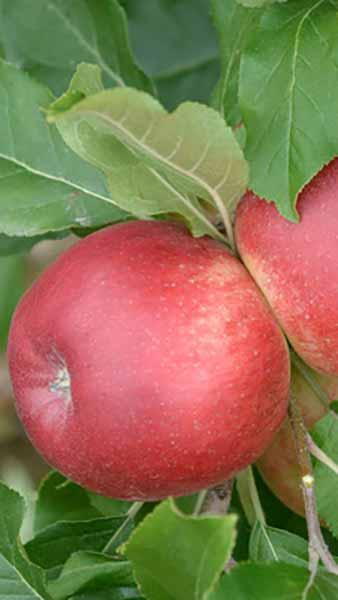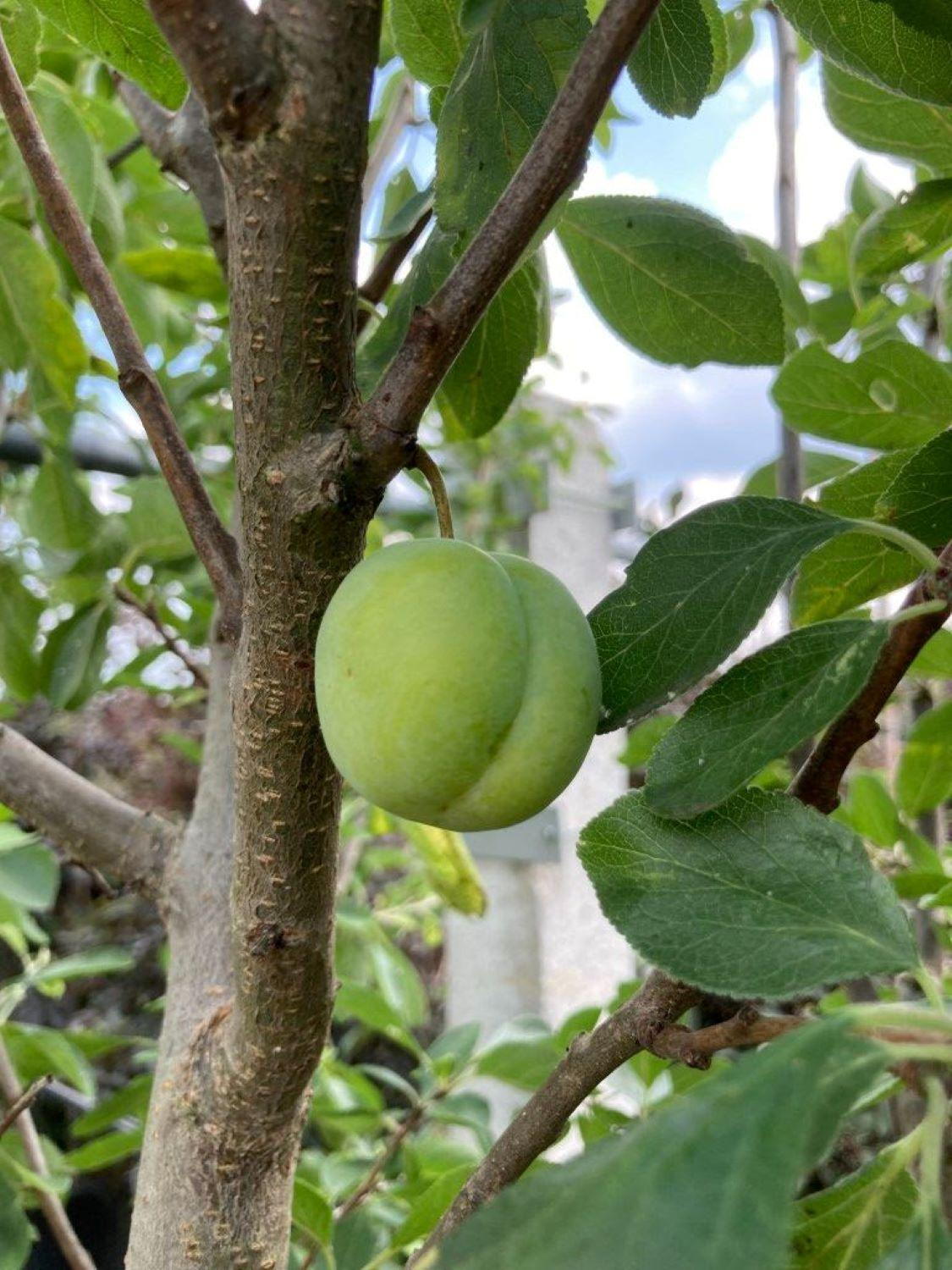Prunus Domestica Opal Plum Tree Self Pollinating Plum Tree
Prunus Domestica Opal, more commonly known as the Opal Plum Tree, is a dependable fruiting edible plum tree, compact in size. Although prized for the dessert fruit it produces, this cultivar is also highly decorative, especially during the flowering season. Prunus Domestica Opal is self-fertile and as such does not require a pollination partner, another reason why this is a good choice of fruit tree where space is limited. In the early spring, this small tree is enveloped by clusters of small, white blossoms that adorn the bare branches. The flowers are followed by glossy, green foliage and fruit. The fruit appears green in early August, maturing to yellow and purple shades in time for the plum harvest. A cross between a gage and plum, the Opal variety produces abundant crops of sweet and juicy fruit. The plums of this variety are delicious when eaten plucked directly from the tree or can also be used to make preserves or plum brandy.Relatively undemanding, Opal Plum Tree thrives in full sunlight and loamy or sandy soils that are moist and well-drained. This cultivar will appreciate a sheltered position, as it is susceptible to late frosts due to its early bloom. It does not fare well in drought conditions so make sure to irrigate during particularly hot and dry summers. Bred in Sweden, Prunus Domestica Opal is fully hardy in the United Kingdom. Tough and enduring, this plum tree variety can survive winter temperatures as low as -20 degrees. Opal Plum Tree is the recipient of the Award of Garden Merit by Royal Horticultural Society, a sure sign it performs well in most gardens. The Perfect for Pollinators Badge this variety received ensures that the blossoms of the tree are cherished by bees and other pollinators.Staying compact even when fully established, Prunus Domestica Opal can grow to be 2.5 to 4 metres high and wide, its ultimate height depending on the rootstock. When it comes to pruning, it’s best performed either in early spring or late summer. Plum trees can be fan-trained, or pruned to have bushy or pyramid form. Adjust the maintenance practices according to the desired shape.Even though Opal Plum Tree is a popular choice for its sweet, juicy fruits, growing this tree can have ornamental benefits as well. Compact, with a striking, early spring bloom and a lush foliage, this variety can be a beautiful addition to mixed shrub borders.Take a look at other edible and ornamental fruit trees such as Malus Domestica Charles Ross and Morus Alba Tree White Mulberry.


